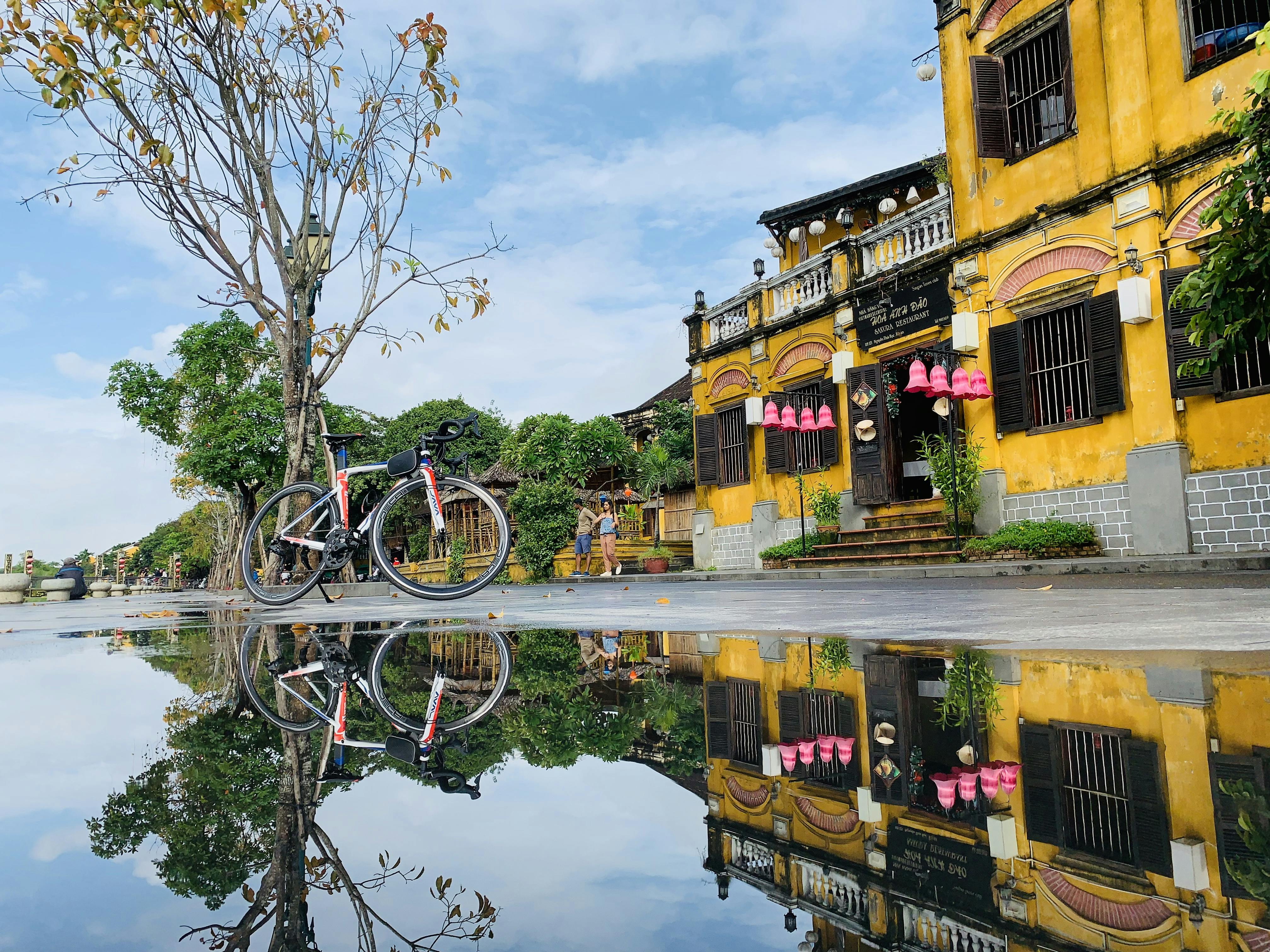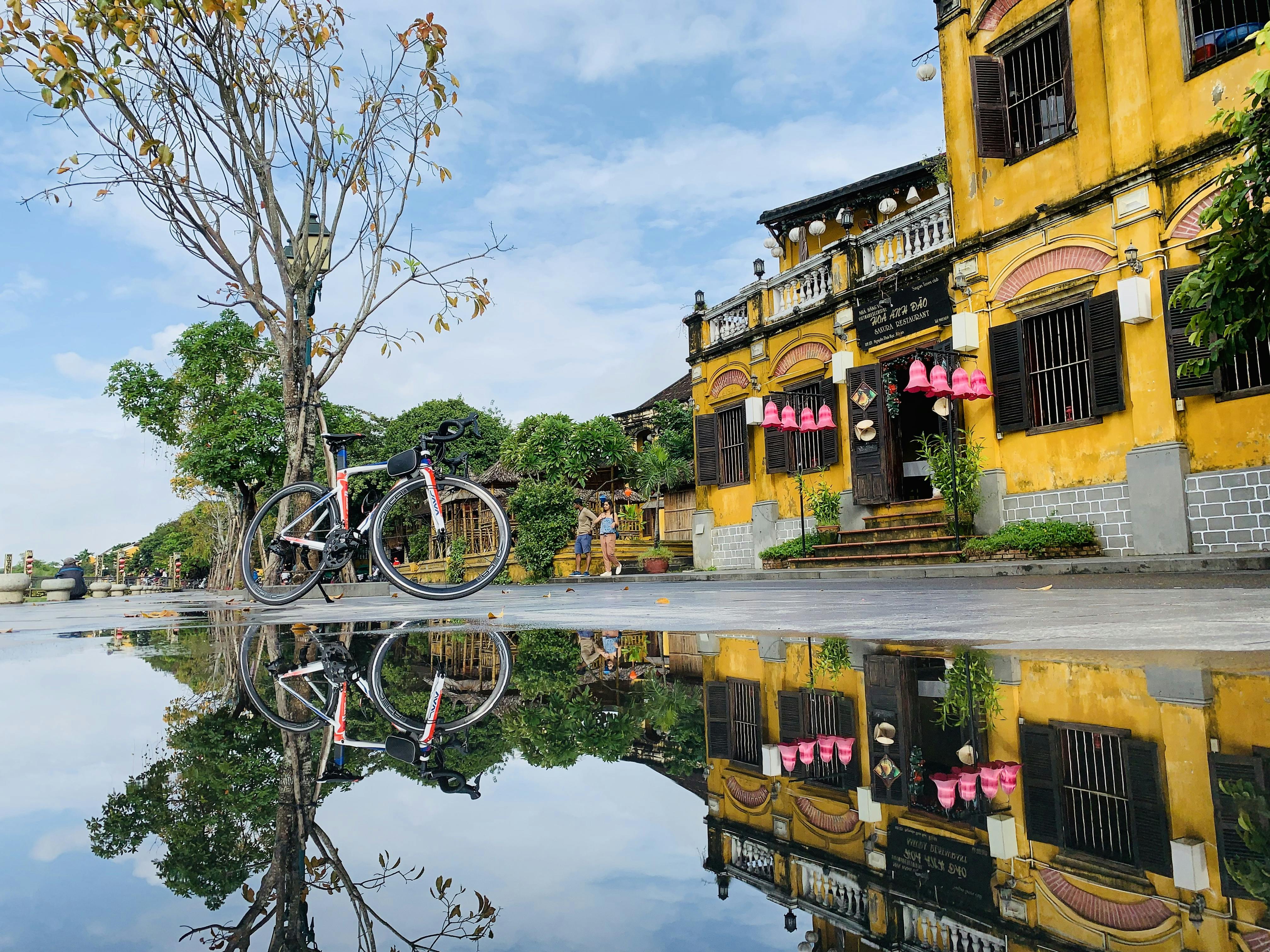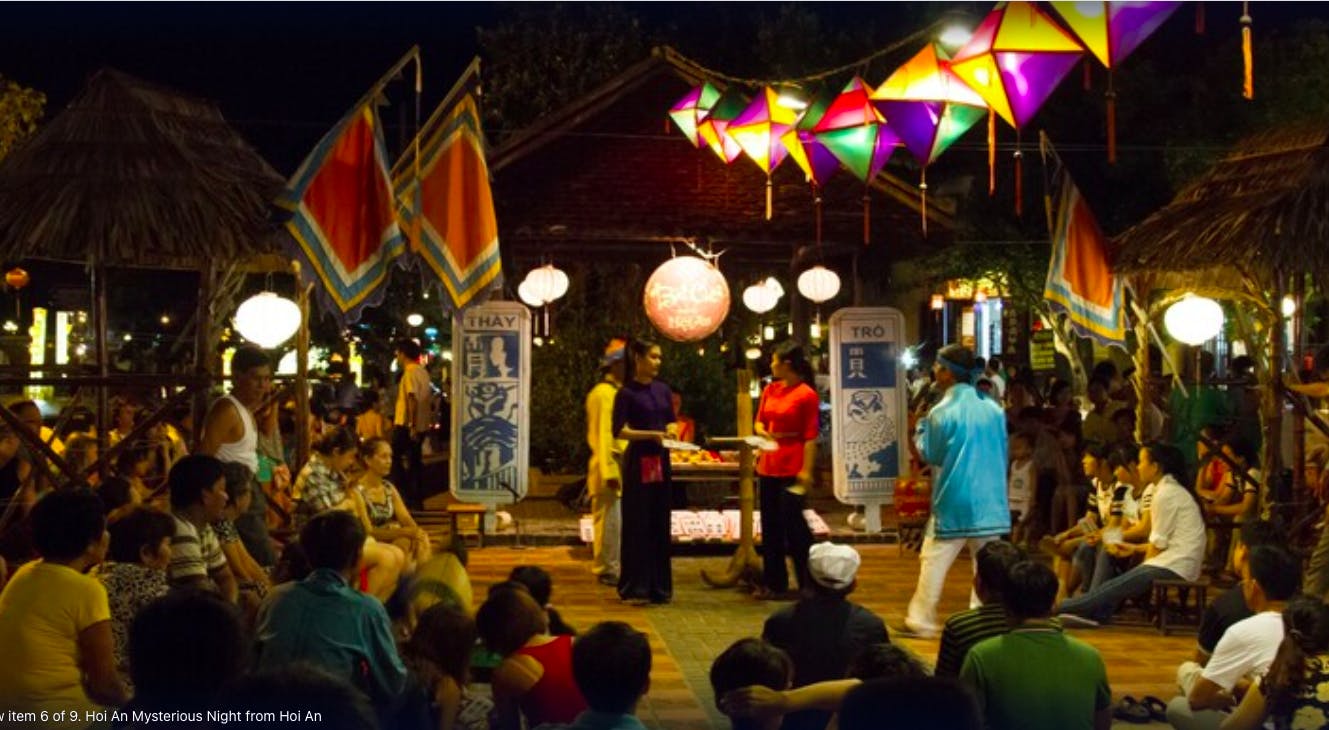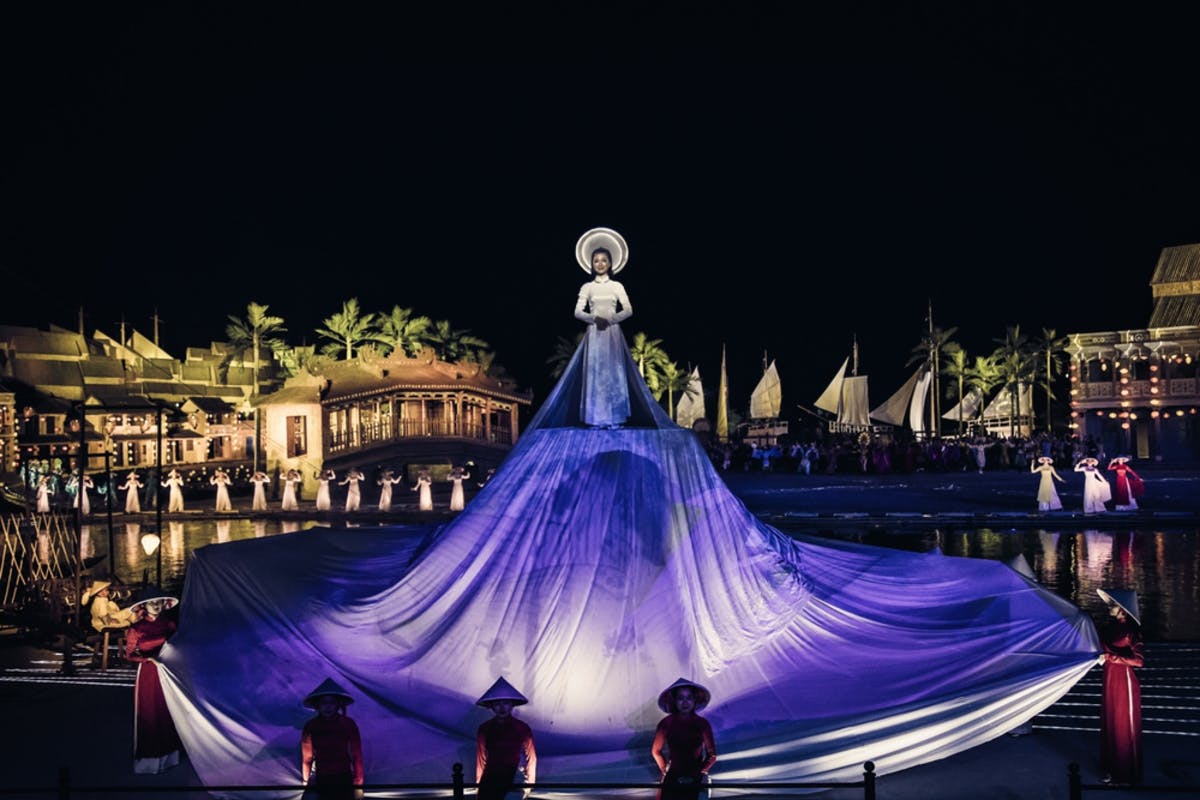Hoi An, a coastal city located in central Vietnam, has a rich and fascinating history that dates back more than a thousand years. The city has served as a major trading port since the Champa Kingdom, and has experienced the influence of various cultures throughout its history.
Early History:
The Champa Kingdom, an Indianized kingdom that existed from the 2nd to the 17th century in what is now central and southern Vietnam, established Hoi An as a trading port during the 7th century. Hoi An was known as Faifo back then and served as an important center for trade between the Cham people and foreign merchants from China, Japan, and India. The city’s prosperity continued during the Dai Viet period, which began in the 10th century and saw the rise of the Vietnamese kingdom.
Chinese Influence:
Hoi An’s trading relationship with China began during the Tang Dynasty in the 7th century, and continued throughout the Song, Yuan, and Ming dynasties. During the 16th century, Hoi An became a major center for Chinese traders and their influence can still be seen in the city’s architecture, food, and traditions. Chinese traders also established a community in Hoi An, known as the “Cholon,” which means “big market” in Chinese.
Japanese Influence:
During the 16th century, the Japanese established a settlement in Hoi An, known as the “Nippon Bridge.” The Japanese traders were known for their skills in carpentry and shipbuilding, and their influence can be seen in the architecture of the city’s buildings and temples.
European Influence:
During the 16th and 17th centuries, Hoi An became a major trading center for European merchants, particularly the Portuguese, Dutch, and French. The city’s port was one of the busiest in Southeast Asia, with ships from Europe, China, and Japan all competing for trade.
In the late 18th century, the Nguyen dynasty came to power in Vietnam and moved the capital from Hanoi to Hue. This led to a decline in Hoi An’s importance as a trading port, as many merchants and traders moved to Hue to be closer to the new capital.
Modern History:
During the Vietnam War, Hoi An was not heavily bombed and therefore, many of the historic buildings and streets remained intact. In 1985, the Vietnamese government declared Hoi An a World Heritage Site, recognizing its unique architecture and cultural heritage. Today, Hoi An is a popular tourist destination, with visitors coming from around the world to explore its historic buildings, beautiful beaches, and delicious cuisine.
In conclusion, Hoi An’s history is a testament to the city’s resilience and adaptability in the face of change. From its origins as a trading port for the Cham people, to its heyday as a major center for global trade, Hoi An has survived centuries of conflict, cultural exchange, and economic upheaval. Today, the city is a vibrant and thriving community, proud of its heritage and looking towards a bright future.










